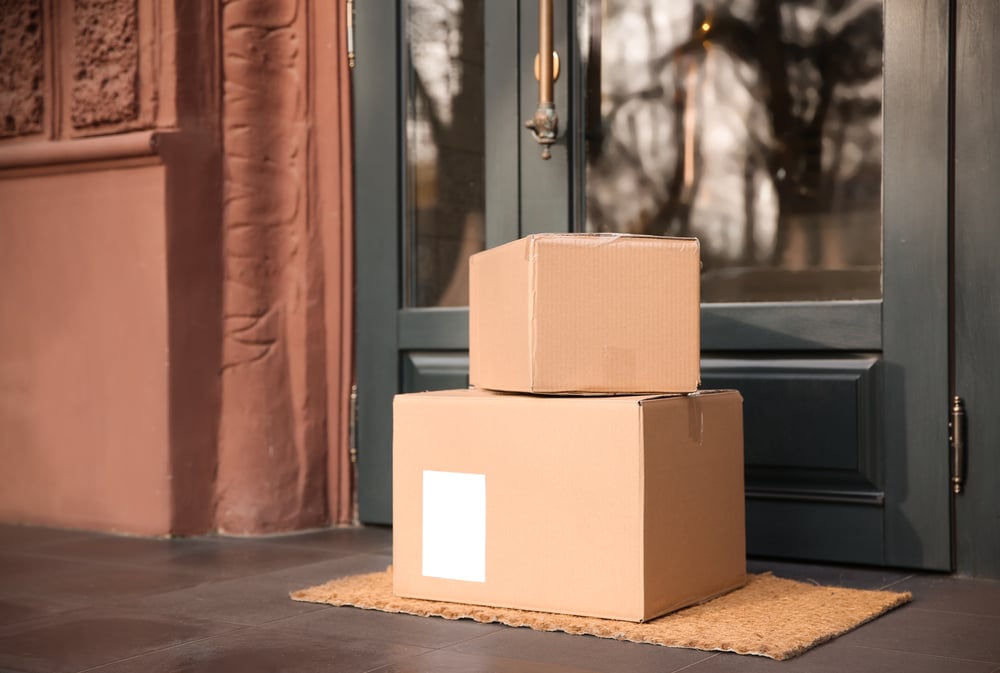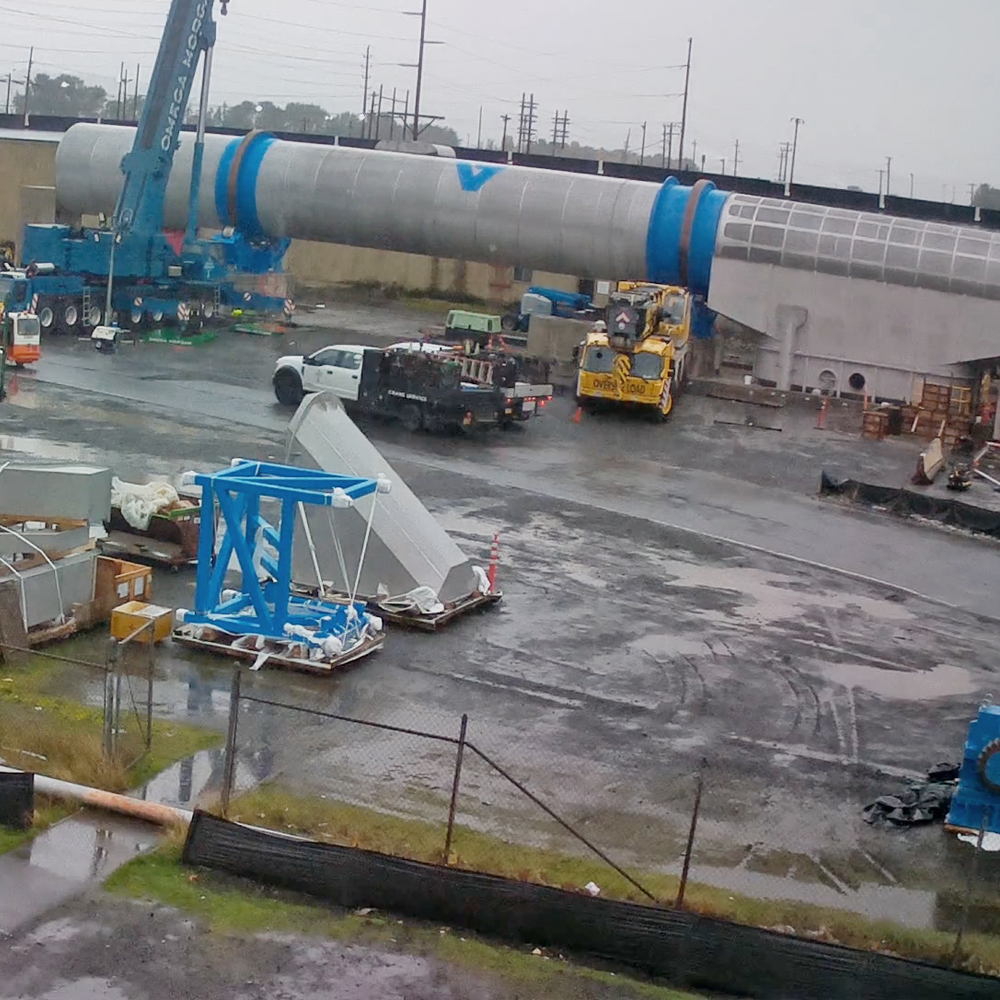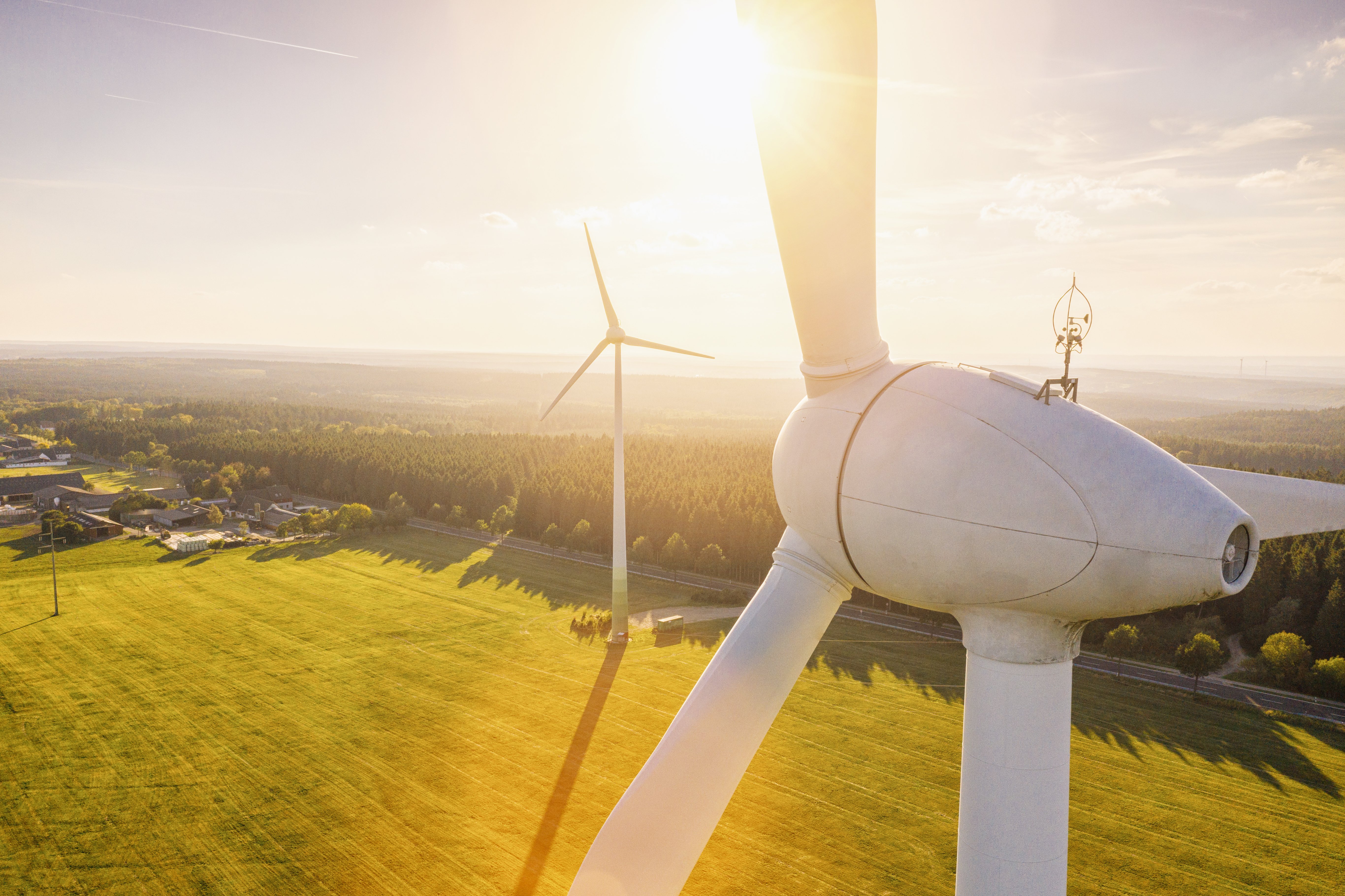Sustainability and Environmental Responsibility
Our Commitment to Environmental Sustainability Drives Everything We Do:
From Safe Manufacturing and Products to Community Stewardship and Involvement
At NORPAC, we recognize the supreme interdependence of our business, the resources we use, and our local and global communities. We know that without proactive involvement in recycling programs, managed forests and healthy waterways, we would not have the sustainable environment in which we make our incredible paper products.
Paper as a Sustainable Resource
One of the greatest challenges of our modern economy is implementing business practices and processes that encourage real sustainability and environmental health. Too often our societal habits can cause environmental harm, even when well-meaning.
For instance, going “paperless” was introduced as an environmentally friendly alternative to paper use. Unfortunately, electronic and plastic alternatives to paper often consume more energy to create and ultimately produce waste that is difficult to recycle.

Electronic waste is a rapidly growing component of the global solid waste stream. It contains a variety of chemicals, such as cadmium, lead, and mercury, that are harmful to people and the environment. The ever-increasing demand for precious metals used in electronics contributes to further deforestation, contaminated streams, and energy consumption. Finally, electronics today depend on hyperscale data centers that demand huge energy resources to keep servers running and cool. By 2030, data centers are expected to consume 20% of all electricity generation.
Plastic substitutes for paper also carry a heavy environmental cost. They leach harmful chemicals that injure and poison wildlife and humans if ingested. Plastics are not biodegradable and in an open or marine environment can break down over time into microplastics, or microscopic fragments of plastic pollution, which pose significant risks to wildlife, ecosystems and human health.
When the entire product life cycle is considered, paper remains the most sustainable product.
.jpg)
Paper: A More Natural, Sustainable Product
As one of the world’s truly sustainable products, paper plays an important role in a healthy future for society and the environment. Paper products can be recycled at rates above 96%. NORPAC products—and its customers—contribute significantly to that sustainability cycle, since we produce our papers predominantly from waste material, either wastepaper from recycling centers or waste chips from local sawmills.
At NORPAC, every year we recover and reuse 400,000 tons of mixed paper and corrugated containers that would otherwise end up in landfills. We expect to double that volume after we completion our current, $50 million investment in a state-of-the-art recycled fiber plant. Our advanced paper recovery operations allow us to manufacture lightweight packaging papers made entirely from recycled wastepaper that comes primarily from community recycling programs.
To the extent that we use wood chips, we ensure they were sourced from certified, responsibly managed, re-planted and renewable forests. Nearly all our wood chips are residuals from sawmills within 100 miles of the mill. That means we are contributing to our local economy and are familiar with the suppliers and the managed forests where they responsibly source this wood. By 2023, 100% of our chips will be sawmill residuals sourced within ¼ mile of our mill.
The responsibly managed forests providing this wood benefit our ecological and environmental health in a variety of ways. Forests prevent soil erosion, provide shelter for wildlife by preserving watersheds and wetlands, and remove CO2 and other harmful emissions from the atmosphere. Our forests are some of the most valuable natural resources in our world today. They are essential for providing a clean and healthy environment for our societies—and they’re replanted every generation, so they’re continually growing.
All our fiber, both recycled and wood fiber, may be purchased as chain of custody certified under the following global certification programs: Forest Stewardship Council® (FSC-C132345), Sustainable Forestry Initiative® (SFI-01688) and Programme for the Endorsement of Forest Certification® (PEFC-29-31-404).

Recovering Valuable Resources
As a paper company, we understand the value of reducing the resources needed to produce our paper products. At NORPAC, sophisticated energy and water recovery systems ensure a low carbon footprint at every step of our manufacturing process. Our team-based workforce continuously pursues waste reduction and improvement in all our processes, both because cutting waste reduces our costs and simply because it is the right thing to do.
Safeguarding Our Natural Environment
We also strive to ensure the energy used to power our operations comes from renewable sources. Our electricity, supplied by our Cowlitz County Public Utility District, is 96% renewable—generated by hydroelectric, wind, solar and nuclear sources.
We minimize use of harmful chemicals. Our high-yield pulping and peroxide bleaching process is totally chlorine-free (TCF). Both our mechanical and recycled fiber pulping processes are process chlorine-free (PCF), and most of NORPAC’s graphic papers are totally chlorine-free (TCF). Our papers made with Kraft pulp, like our Orca uncoated freesheet grades, are elemental chlorine-free (ECF).
We take responsibility for our community seriously, and always strive to be reliable stewards of our environment. Our mill and headquarters are in Longview, Washington, where our managers and employees live and work. Our team members and their family members, neighbors and friends all share the same water, air and land as our manufacturing operations.
At NORPAC, we realize that environmentally sustainable behavior is not just good business, it is good for our entire world.

Additional Resources and Information
We invite you to learn more about how the paper industry contributes to a healthy environment at the following resources.
